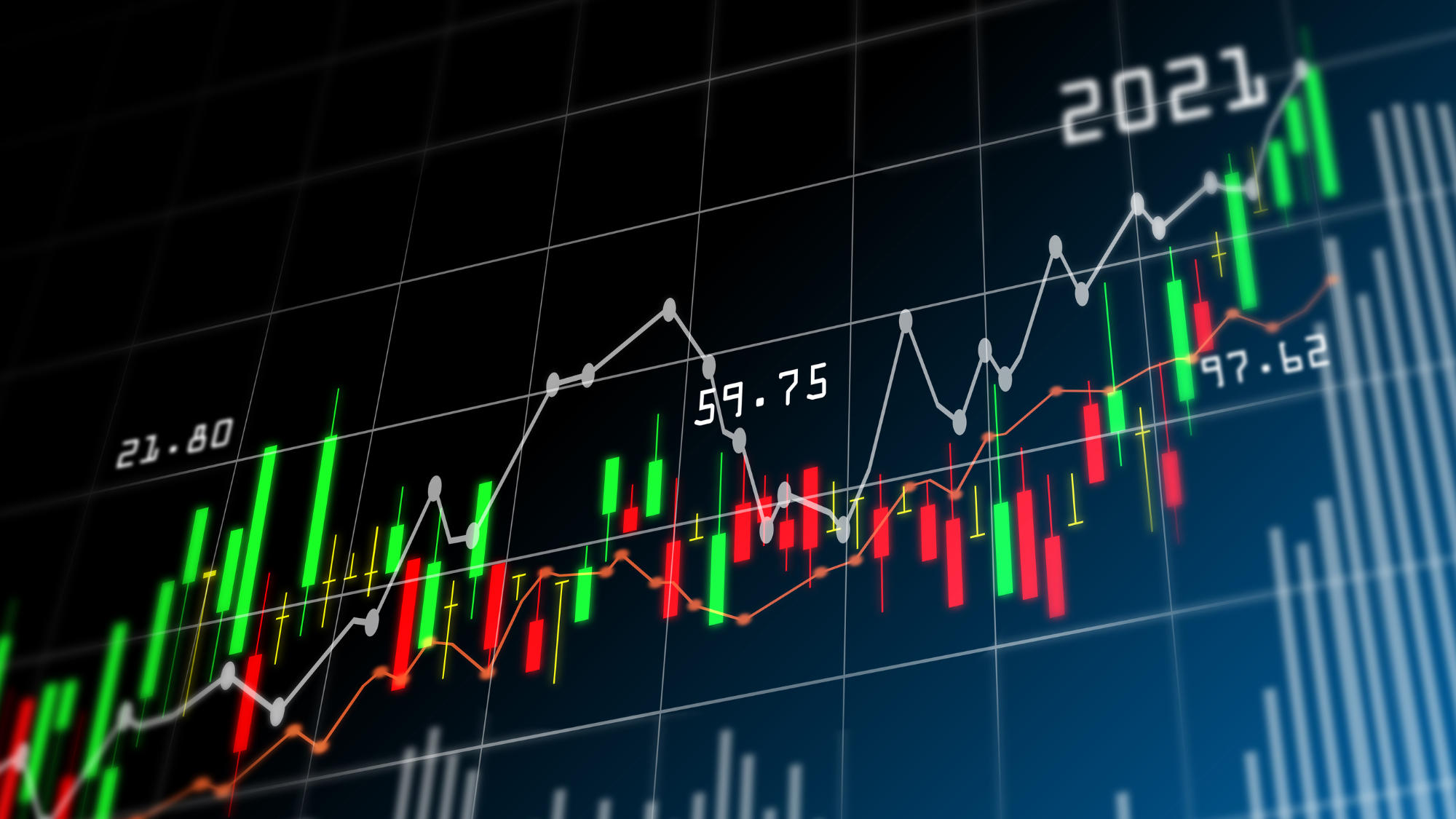Office Hours: Claire Liang on How Stock Market Listings Boost Worker Safety
Work-related injuries or diseases acquired on the job claim the lives of about 2.3 million people annually, according to the International Labor Organization. The number equates to about six thousand lives lost daily.
Worker safety has remained a point of contention between capital and labor in the modern capitalist economy as corporations seek to increase profits and cut costs to maximize value for shareholders.
Today, the stock market is the epitome of contemporary economic activity with specified obligations for transparency: disclosures and compulsory reporting, often mandated by law.
Despite the involvement of publicly traded companies in today’s stock exchanges, we know little about the impact of stock market exchange listing, and its related transparency obligations, on worker safety.
In her paper, Does Sunlight Kill Germs? Stock Market Listing and Workplace Safety, Claire Liang, associate teaching professor of finance at Georgetown McDonough, demonstrates that there is indeed a positive relationship between stock market listing and improvement in employee workplace safety.
Please describe your findings. What motivated you to investigate this particular subject?
Our main finding is that the stock market can affect employee safety. Specifically, we find that employees at publicly listed firms fare better on workplace safety in relation to their counterparts at non-publicly listed (private) firms.
We first became interested in this topic because the stock market, the epitome of capitalism, plays a crucial role in capital formation and wealth creation, whereas its impact on employee safety is largely unknown. Workplace safety is an important issue — more than two million people die as a result of work-related accidents and illnesses every year, and the estimated cost of occupational injuries accounts for approximately 4% of the global GDP. However, most research to date on this topic relies on public-listed firms despite the fact that the majority of firms are privately held.
Based on existing research, whether a stock market listing would have a positive or negative effect on workplace safety is unclear. On the one hand, public firms are under greater market pressure to generate profits and growth, which may hurt workplace safety. On the other hand, public firms are better funded thanks to their public listing status; they are also under greater public scrutiny due to better information disclosure and public attention. For example, if FTX (the recently failed crypto firm) were a public firm, its accounting, finance, and governance issues would have been discovered a lot earlier.
By comparing public-listed and privately held firms, we aimed to deepen our understanding of how capital markets (e.g. a stock market listing) can impact firm practices in dealing with workplace safety.
Could you describe how you arrived at your findings?
We first tested the effect of a stock market listing on workplace safety by examining worker injury rates between comparable private and public firms. Then we investigated the underlying channels through which a public listing affected worker safety.
In terms of data sources, we obtained workplace injury and safety inspection and violation data from the Occupational Safety and Health Administration (OSHA) and firm financial data from Capital IQ. In testing whether public firms attracted greater media attention regarding their safety issues, we also collected news articles related to worker safety for our sample firms from Google news searches.
What factors ensure that stock market listing results in greater scrutiny of worker safety policies in firms? Can these factors somehow be replicated to ensure private companies have similar standards?
A stock market listing brings a firm greater visibility but also greater public scrutiny. As such, their workplace accidents are more likely to draw the attention of media and regulators. Public scrutiny is particularly important in safeguarding workplace safety because safety issues cannot be fully resolved by labor market forces since firms do not fully internalize the costs of injuries as pointed out by prior studies. Public scrutiny can complement the market’s shortfalls in disciplining companies through reputation loss and regulatory penalties.
Besides, the media and regulators face resource and attention constraints. It means that it is impossible for them to pay the same amount of attention to all firms. Hence, focusing on public firms, which are more visible and have more information available in the public domain, is a more rational, optimal, and solution oriented strategy, given known resource limitations.
In summary, it is unlikely to have all the factors that work for public firms replicated on private firms, but along the lines of public scrutiny, some efforts can be made to improve workplace safety at private firms.
Are there any areas of your research that need further investigation? What would be some advice or suggestions you’d like to give to a scholar who wants to build on your findings?
One possible extension is whether the improvement of workplace safety of publicly listed firms has a spill-over effect on private firms in the same region or within the same industry. Other potential areas for further investigation are the effects of a stock market listing on other measures of employee welfare. As stated earlier, the majority of the firms in the United States are privately held, but so far most of the research has been focused on public firms. There is still a lot we do not know about private firms.
